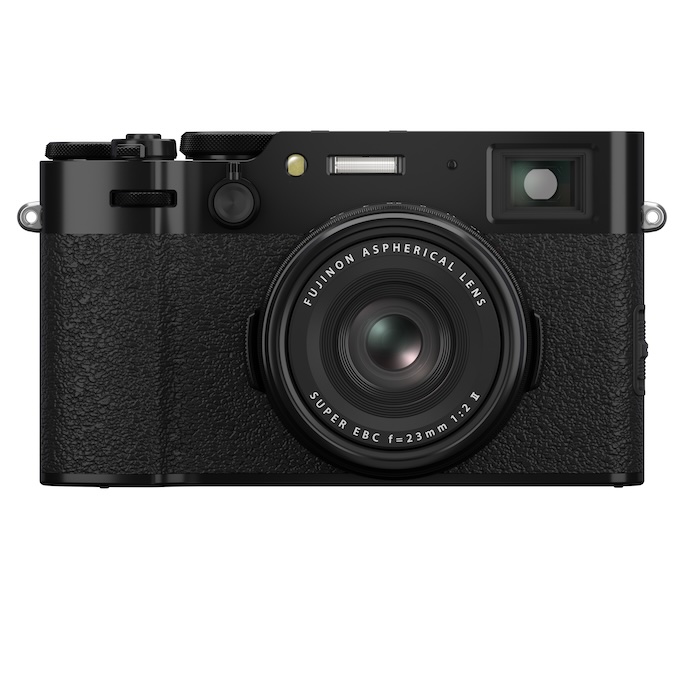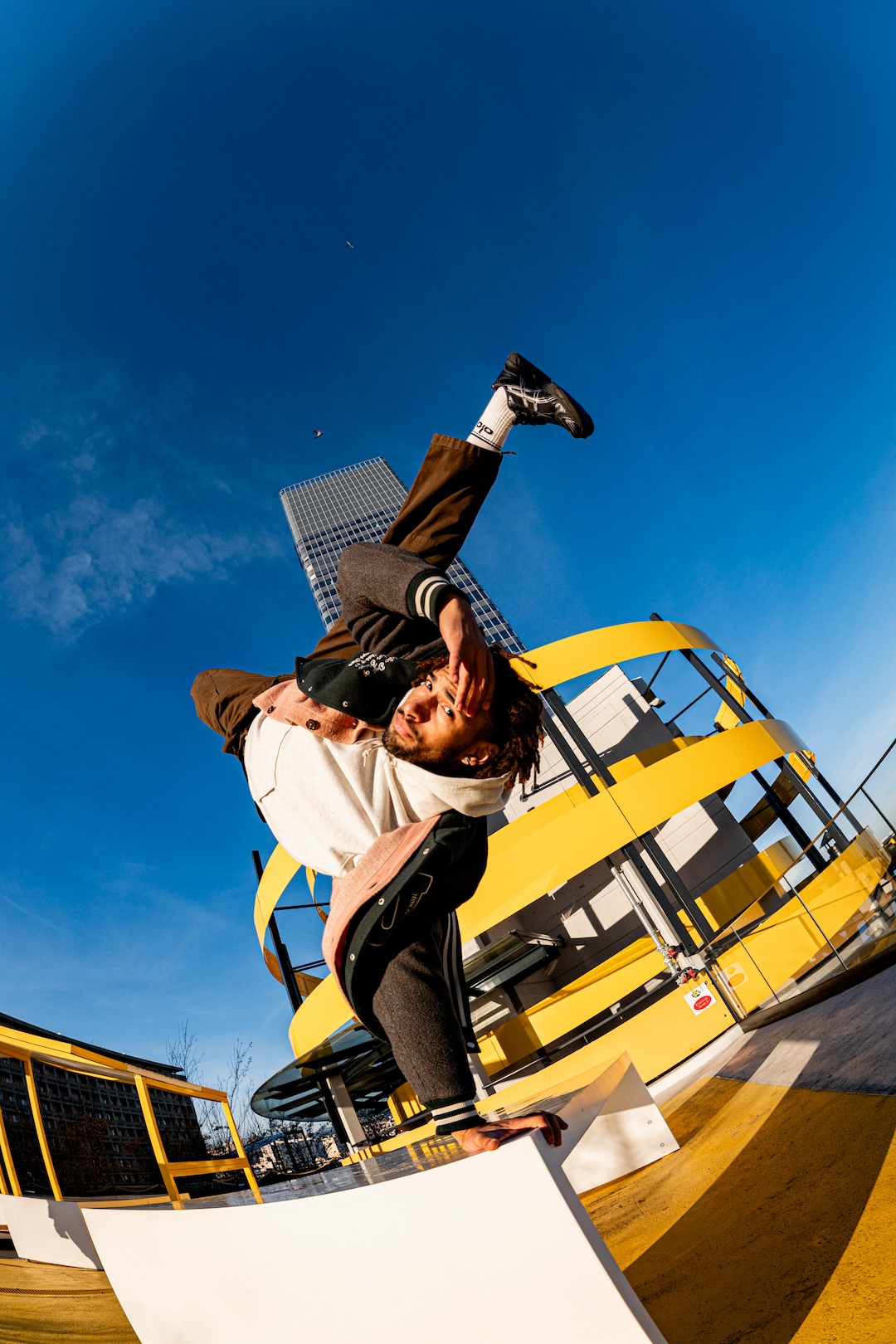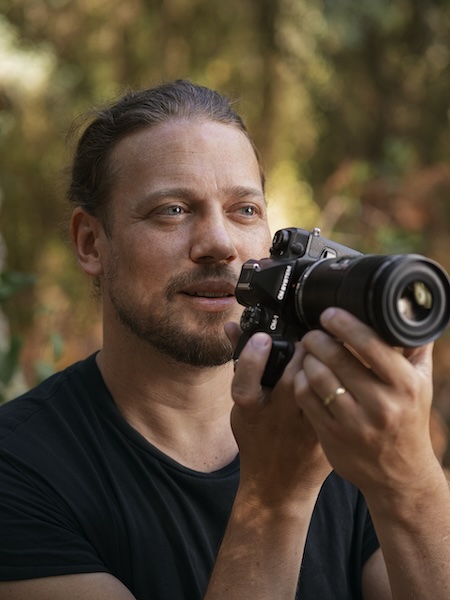Gear
Since podcasts were created in 2001, the podcast industry has grown to the tune of 90 million Americans listening to podcasts on a weekly basis and 38% of Americans over 12 listening on a monthly basis. Over half who listen have an annual household income of $75,000 or more. DIY Podcasting can be an excellent way to build credibility in your industry, add an additional stream of income, and build your network. And it’s fun. But to do it right, you need a great podcast mic.
As producer of The Portrait System Podcast and the WPPI Podcast, I consistently receive questions about which pieces of equipment we use to produce and stream our video content, including our podcast setups. Like everything we do in the photo/video (and now audio) world, there’s always little details and products that can help increase production value and workflow. In this series of articles, I’ll give advice on how to create your own high-value home podcast setup, beginning with the most important piece of equipment — the podcast mic.
[Read: The Portrait System Podcast Celebrates 1 Million Downloads]
What is the Best Podcast Mic?
If you’re interested in starting a podcast, having the right equipment is essential to ensure your recordings sound professional and engaging. Here are some good, better, and best options for podcasting equipment.
Good Mic Option:
For a budget-friendly option, the Audio-Technica ATR2100x-USB microphone is a great choice. This dynamic mic offers USB and XLR connections, making it compatible with a range of recording setups. It also comes with a tripod desk stand, making it easy to set up and start recording right away.
Better Mic Option:
The Shure MV7 is an excellent microphone for podcasting. With its cardioid polar pattern, it’s perfect for recording speech in a noisy environment, and its ability to connect to both USB and XLR interfaces gives you flexibility in how you record. Additionally, the built-in headphone jack allows you to monitor your audio in real-time, making it easy to adjust your distance and positioning from the microphone to get the best sound possible. Overall, the Shure MV7 is a great choice for podcasters who are looking for a high-quality microphone that offers flexibility and ease of use.

Best Mic Option:
If you’re looking for the ultimate podcasting setup, the Shure SM7B microphone and the Rodecaster Pro mixer are an excellent combination. The SM7B is a dynamic mic that offers excellent sound quality and a cardioid polar pattern to minimize background noise. It’s known for its warm, clear sound quality and is highly versatile. The SM7B requires an XLR connection, so you will need an audio interface to use it, and it’s worth considering purchasing a Cloudlifter.
The Rodecaster Pro mixer is designed specifically for podcasting and includes features like sound pads, multitrack recording, and easy-to-use editing software. This setup does come at a higher price point, but the quality and versatility make it a worthwhile investment for serious podcasters.
The Shure SM7B is a dynamic microphone that requires a lot of gain to achieve a good recording level, particularly if you’re recording quieter sources or using it with a preamp or audio interface that has limited gain. This can result in a lot of noise and hiss in your recording, which can be undesirable for professional podcasting.
[Read: Photo Business Breakthroughs: Natalie Franke Q&A
A Cloudlifter is a popular solution to this issue. It’s a small device that sits between the microphone and the preamp or audio interface and boosts the microphone’s signal before it reaches the preamp or interface. This means you can achieve a good recording level with less gain, resulting in less noise and hiss in your recording.
While it’s not strictly necessary to use a Cloudlifter with the Shure SM7B, it can greatly improve the quality of your recordings, particularly if you’re recording in a noisy environment or with a preamp or interface that has limited gain. If you’re serious about podcasting and want to achieve the best possible sound quality, investing in a Cloudlifter is definitely worth considering.
Choose the Right Podcast Mic for You
In conclusion, having the right equipment can make all the difference when it comes to creating a professional and engaging podcast. Whether you opt for a budget-friendly option or invest in a high-end setup, make sure to choose equipment that suits your needs and budget.
In future articles in this series, we’ll look at preamps/interfaces, tech accessories (like headphones, cables, and mic stands), recording and editing software, and setting up your podcast environment.





